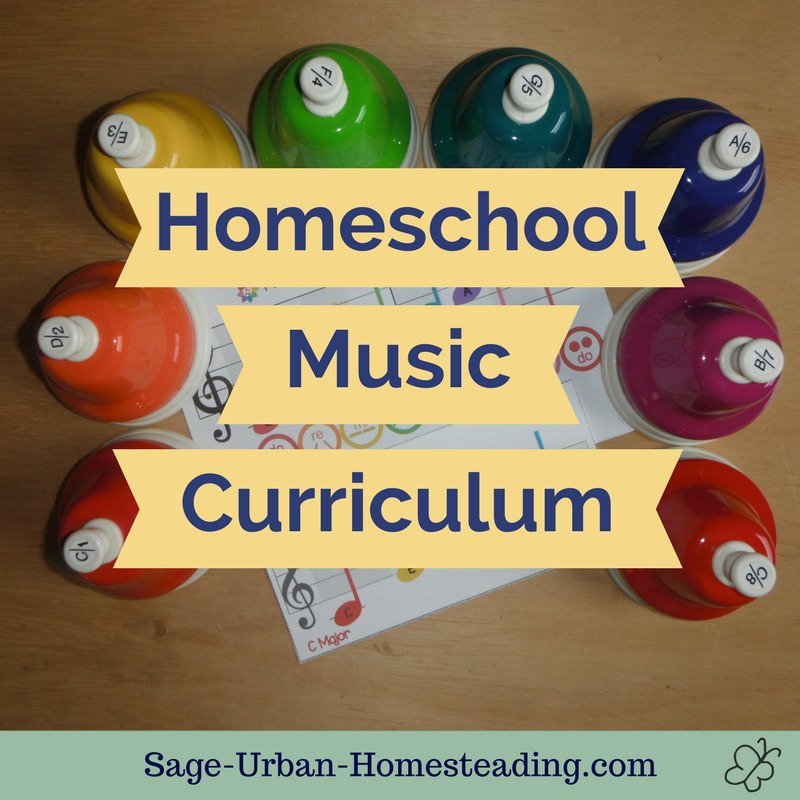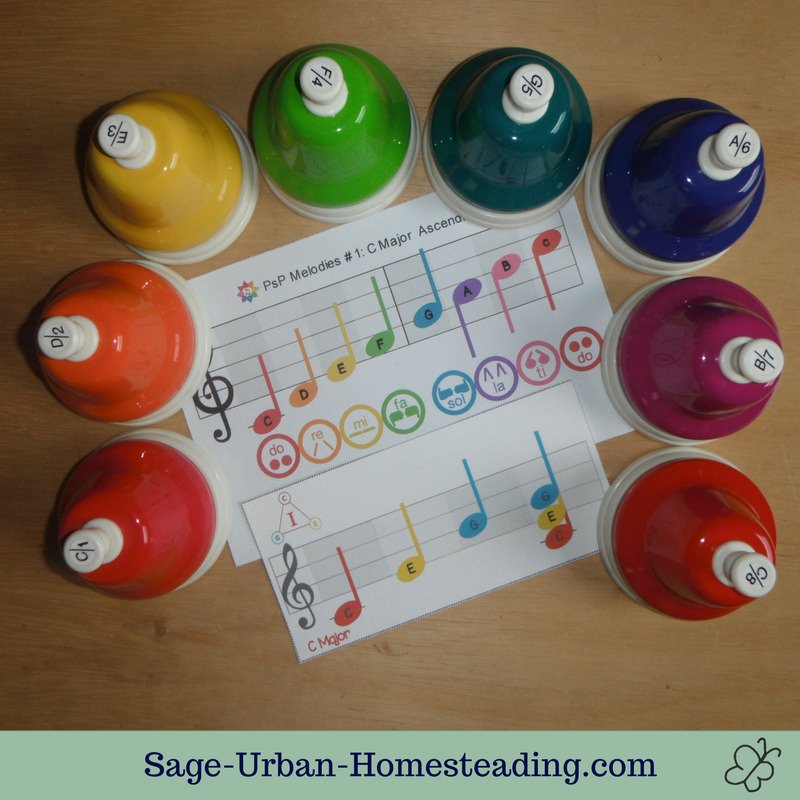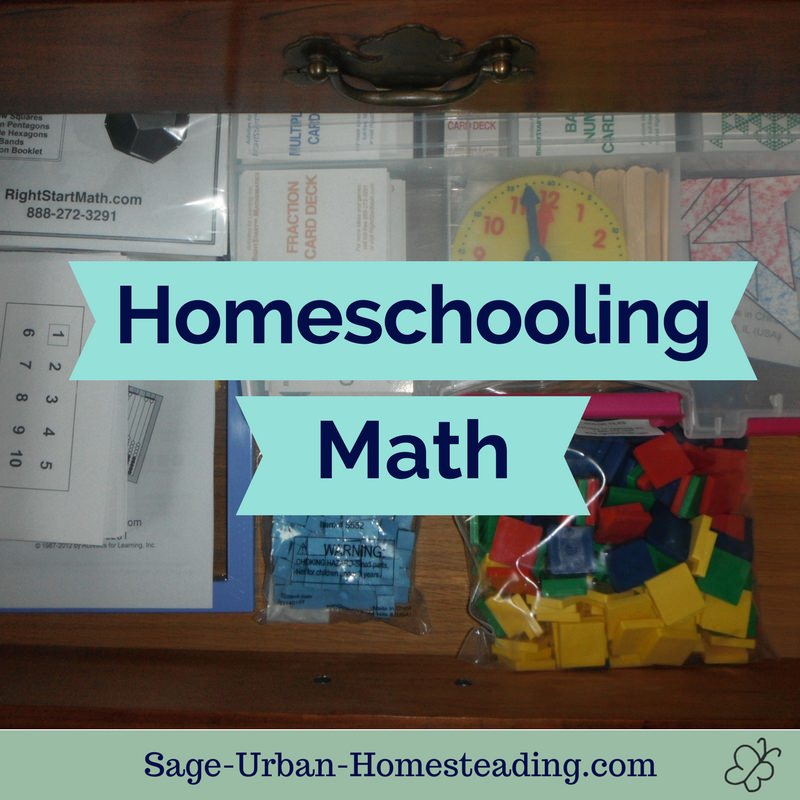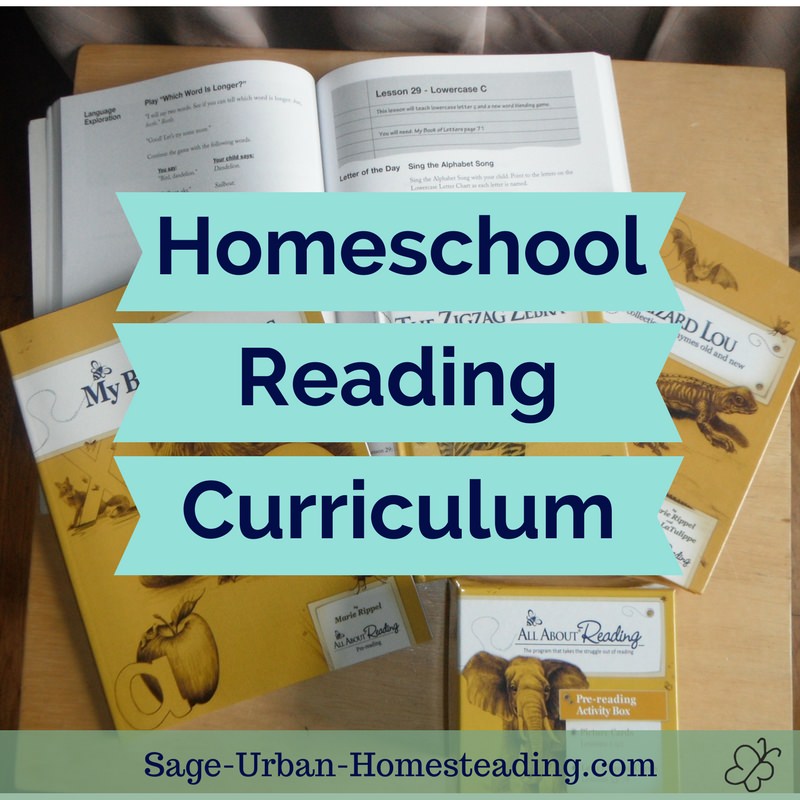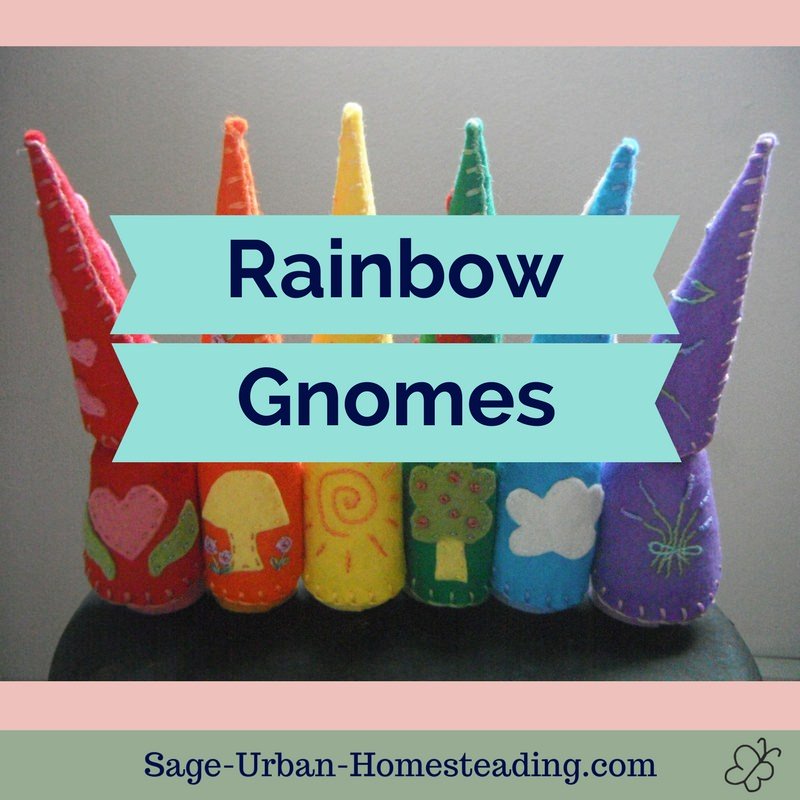FYI: I earn a small commission from some links and advertisements.
- Home
- Homeschooling
- Music
Homeschool Music Curriculum
I starting looking for a good homeschool music curriculum very early because I had read about the importance of learning pitch during the critical window of development.
There's an interesting chapter in Peak where they proved that perfect pitch can be taught with the right exposure at the right time. We were not obsessed that our child must learn perfect pitch, but we wanted to do what we could to make musical studies easier.
We were trying to imitate this study with major chords and colored flags when a friend told us about Preschool Prodigies. It was the perfect solution!
Now wait a minute: If you've been hanging around us, you know we don't do movies, TV, or any screen time. Why would I suddenly think online homeschool classes are a good idea?
First, as I said, I was already actively seeking resources to help develop a sense of pitch.
Secondly, these videos involve eye hand coordination and they are made at a slow pace (not lots of scene changes), so they did not fall under my concerns about screen time and healthy vision. We still sit 8-10 feet away from the screen and only watch 5 videos max per day.
Ideally, we would not need videos, but I'm not enough of a musician to teach this stuff without some help. Mr. Rob to the rescue!
How Our Favorite Homeschool Music Curriculum Works
With the Preschool Prodigies
homeschool music curriculum, you learn by playing on colored bells that
you simply tap on top to play. They produce a reliable sound, and you
can easily limit how many notes you are working with at a time.
The lessons are divided into chapters. Each chapter has about 8 videos, 1 rhythm lesson, and a listening game. The note letters, solfedge names (do, re, mi), hand signs, colors, and numbers are all taught throughout the lessons. I love the way chords are displayed as triangles!
Reminder
I purchased the Preschool Prodigies program myself. I am sharing affiliate links, because this program is what we love (like birthday party theme LOVE) and are actually using.
Chapter 1 starts out with introducing C as the home base and really developing and ear for hearing it. Chapter 2 introduces the high C and compares low and high. Chapter 3 goes into Do-Re-Mi and some easy songs. From there it gradually adds more notes, more songs, and eventually chords.
We started at age 4. I was delighted that one of our first
favorites to watch repeatedly was the "Chord Watching" video where Mr.
Rob is listening for chords or thunder in rain clouds. The ear training
really seems to work. We noticed a difference in the quality of made up
songs by voice and on the piano.
Time will tell if this homeschool music curriculum really translates to playing other instruments better, but we're off to a great start!
Worksheets and Workbooks
We got the Lifetime membership, so we can print worksheets as needed. You could also order printed copies of workbooks.
I'm not interested in doing worksheets too young, so we've only printed off the ones to make games -- the chord cubes are awesome! But we will probably go back and do some of the worksheets as we start academics so that we have something to show in our homeschooling portfolio.
